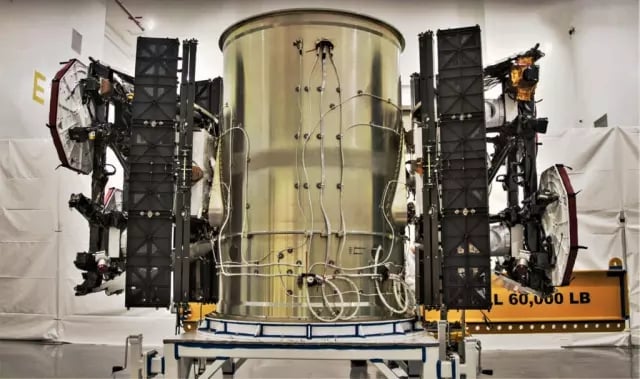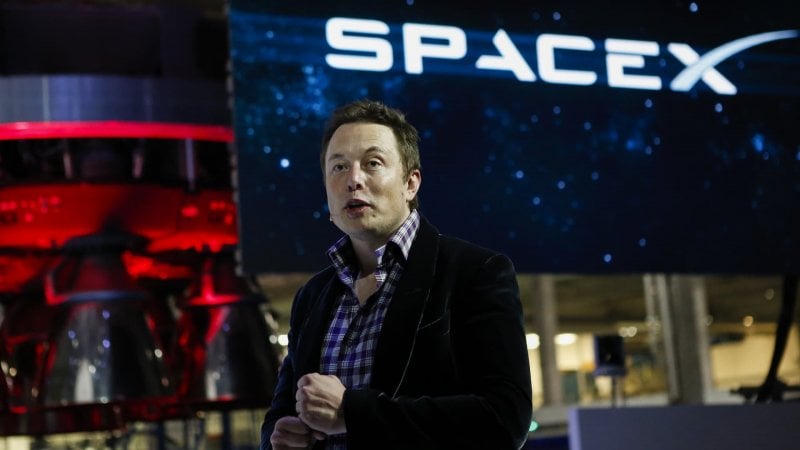The success of the first SMS exchanges opens the doors to phone calls and IoT connections, projecting the Starlink network towards an innovative future.
With the aim of providing advanced services, the Elon Musk-led company, SpaceX, has dedicated itself to solving connection challenges in areas with poor reception.
The latest innovations include significant advances in the direct-to-cell sector: introducing a fleet of satellites designed to offer coverage in areas uncovered by the cellular network, SpaceX achieved positive results in the first tests, raising confidence in the future prospects of communications.
In the first days of the year, they were launched 21 satellitesof which six are new generation specifically designed for Starlink-to-cellphone connectivity.
This innovative satellite combination interacts with terrestrial towers to ensure more robust cellular connectivity.
Success for SpaceX
Through the Starlink satellites, it was possible to carry out the first messaging tests between two smartphones connected to the network T-Mobile.
SpaceX has highlighted how the main challenge linked to the connection between phones and orbiters consists in movement differences between the terrestrial towers of cellular networks and the satellites that move rapidly in Earth's orbit.
Initial tests, which took place a few days after launch, confirmed the effectiveness of the technology.
Despite the current slow connection, managers express optimism that improvements will be implemented to overcome this obstacle.
Currently, data connection speeds fluctuate between 2 and 4 megabitsstill marking a success in the first data exchanges through LTE smartphones connected to T-Mobile's SpaceX satellite network.
Towards the stars
The Direct to Cell service, in addition to facilitating SMS, promises future telephone call services and connections for IoT devices.
CEO Musk specified that, given the lower bandwidth, this solution does not aim to replace the terrestrial network.
The main objective is, in line with what happens in current emergency communication systems: to extend coverage in large areas such as the open sea or the deserts, currently without mobile connectivity; to this end, the six new latest generation Starlink satellites compatible with the Direct to Cell service were launched, marking a significant step forward in the expansion of the network's coverage and capabilities.
The project aims to achieve speed up to 100 megabits and foresees significant developments in the land tower system, with the additional support of telephone lines.
Although 2024 has just begun, SpaceX plans additional satellite launches in the Starlink direct-to-cell program.
The goal is to expand the services offered, anticipating text sending by 2024, followed by voice services.
While the goals may seem ambitious, industry buzz suggests that SpaceX's commitment and resources will ensure success.
#SpaceX #revolutionizes #communications #positive #results #tests #smartphones #Starlink #satellites

